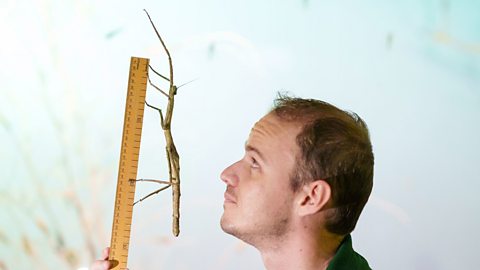Breath-taking statues and sculptures reside all around the globe.
Some famous (and large) ones might come to mind, like Christ the Redeemer in Brazil or the Kelpies in Scotland. But what about some lesser-known and more eccentric works of art? From a massive mountain man to a creepy chandelier of bones, we take a look at five amazing and unusual sculptures and their stories.
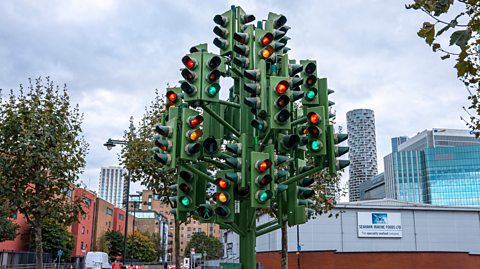
1. The Traffic Light Tree: Very busy nature
The Traffic Light Tree is a public sculpture in Poplar, London, England. The tree was designed originally in 1998 by French artist Pierre Vivant and stood at different junctions before uprooting to the district of Poplar in 2014. The tree stood in place of a real plane tree that had suffered from air pollution. Mimicking the shape of the trees surrounding it, the sculpture is almost 26 ft (8 m) tall and has 75 digitally-controlled lights that blink at random to reflect the busy nature of Canary Wharf where it first stood. But donât worry - it stands as an art piece within a roundabout and doesnât control the flow of traffic.
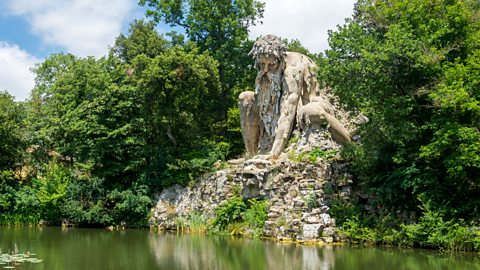
2. The Appenine Colossus: A mountain of secrets
The Apennine Colossus (Colosso dellâAppennino) is a stone statue around 35 ft (11 m) high, residing in the estate of the Villa Demidoff in Tuscany, Italy. Flemish sculptor Jehan Boulongne, also known as Giambologna, created the personification of the Apennine mountains in the 1580s. Originally water flowed from the colossusâs mouth, and his beard is made of stalactites. A fireplace could be lit inside the head to make smoke flow from his nose, but unfortunately a lot of the original statue and the sculptures surrounding it fell into disrepair before it was restored in the 1870s. Inside the giant exists a series of chambers, containing smaller statues and mosaics made of shells and pearls. A dragon even guards the entrance.

3. Sedlec Ossuary chandelier: Spooky and spectacular
An ossuary is a box, building or site used as a resting place for human remains. There are many ossuaries in churches all over the world, but this one in the neighbourhood of Sedlec, Czech Republic, features an elaborate and macabre chandelier. Sedlec Ossuary can be found inside a Roman Catholic chapel thought to contain the bones of 40,000-70,000 people, including many medieval plague victims.
The chapel was first part of a monastery in the 13th Century, but the ossuary would not be functional until the 1400s. Then, much later in 1870, woodcarver FrantiĆĄek Rint was commissioned to clean and arrange the many bones around the chapelâs baroque architecture that was introduced a century before. The chandelier is the central sculpture and contains at least one type of every human bone. The city of KutnĂĄ Hora, where the Sedlec Ossuary can be found, was listed as a UNESCO World Heritage site in 1995 for its unique baroque style.
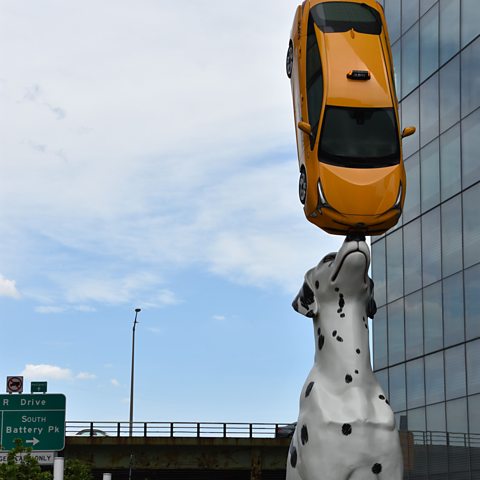
4. Spot!: Keeping up morale (and a taxi)
Youâve heard of Clifford the Big Red Dog, but how about Spot! and his big yellow taxi? Outside the Hassenfeld Children's Hospital in New York City, USA, a very good boy balances the iconic Yellow Cab Company taxi on his nose.
Designed by Chicago-born sculptor Donald Lipski along with engineer Nick Geurts, the 30 ft (9.1 m) dalmation is a Colosso-sized best friend. Lipski hoped the canine companion would help children going into hospital feel comforted.
Spot! withstood a lot of bad weather during his grand opening in 2018 - and Lipski was delighted to find the taxi even had working windscreen wipers that turned on during the rain, crafted as a surprise by electrical engineer Ryan Emendorf.

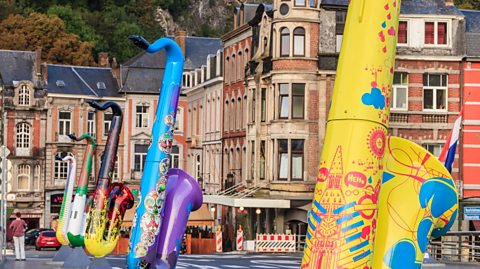
5. Charles de Gaulle bridge saxophones: The jazziest walk
Lining the Charles de Gaulle bridge across the Meuse River in Dinant, Belgium, are 28 uniquely-painted saxophones sculpted in honour of their inventor. Not de Gaulle; the bridge was named after the French general to honour his efforts during World War Two. The first saxophone was created in the 1840s by Adolphe Sax, who was born in Dinant.
Around the corner from the bridge is another sculpture: Sax kicking back on a bench with the eponymous instrument on his arm, outside Mr Sax's House (Maison de Monsieur Sax) where the very first saxophone is still on display.
Installed in 2010, the colourful saxophones were a collaborative effort of different artists. Each stands in front of the flag of the corresponding artistâs country as a tribute, among them the UK, Ireland, China, Spain and Latvia.
This article was published in December 2023
Four amazing means of transport from around the world
From Wales to the Arctic, ±«Óătv Bitesize looks at four brilliant forms of transport from around the world.

Six places you might not know were named after people
Where do places like Rome, Seattle and Knutsford have in common? They were all named after people, of course!
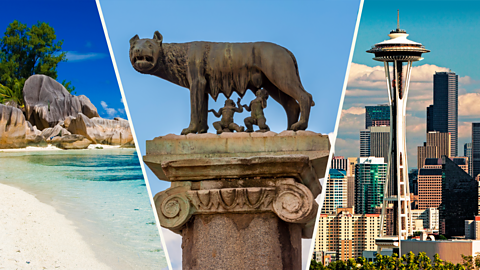
Four remarkable animals that are winning at camouflage
How tigers, crocodiles - and even penguins - can blend in to their advantage.
